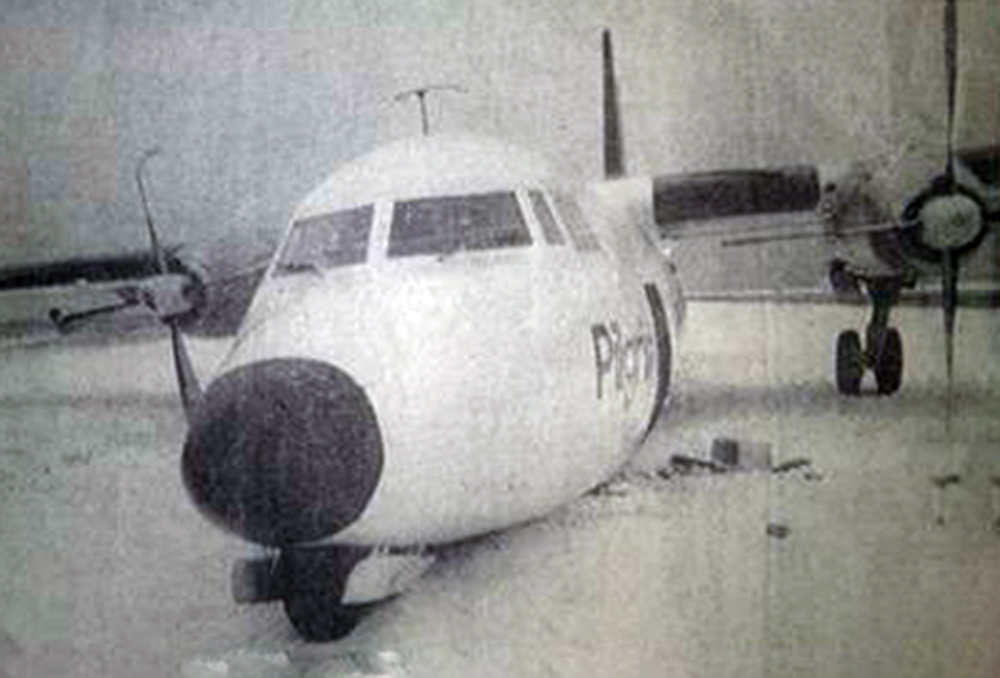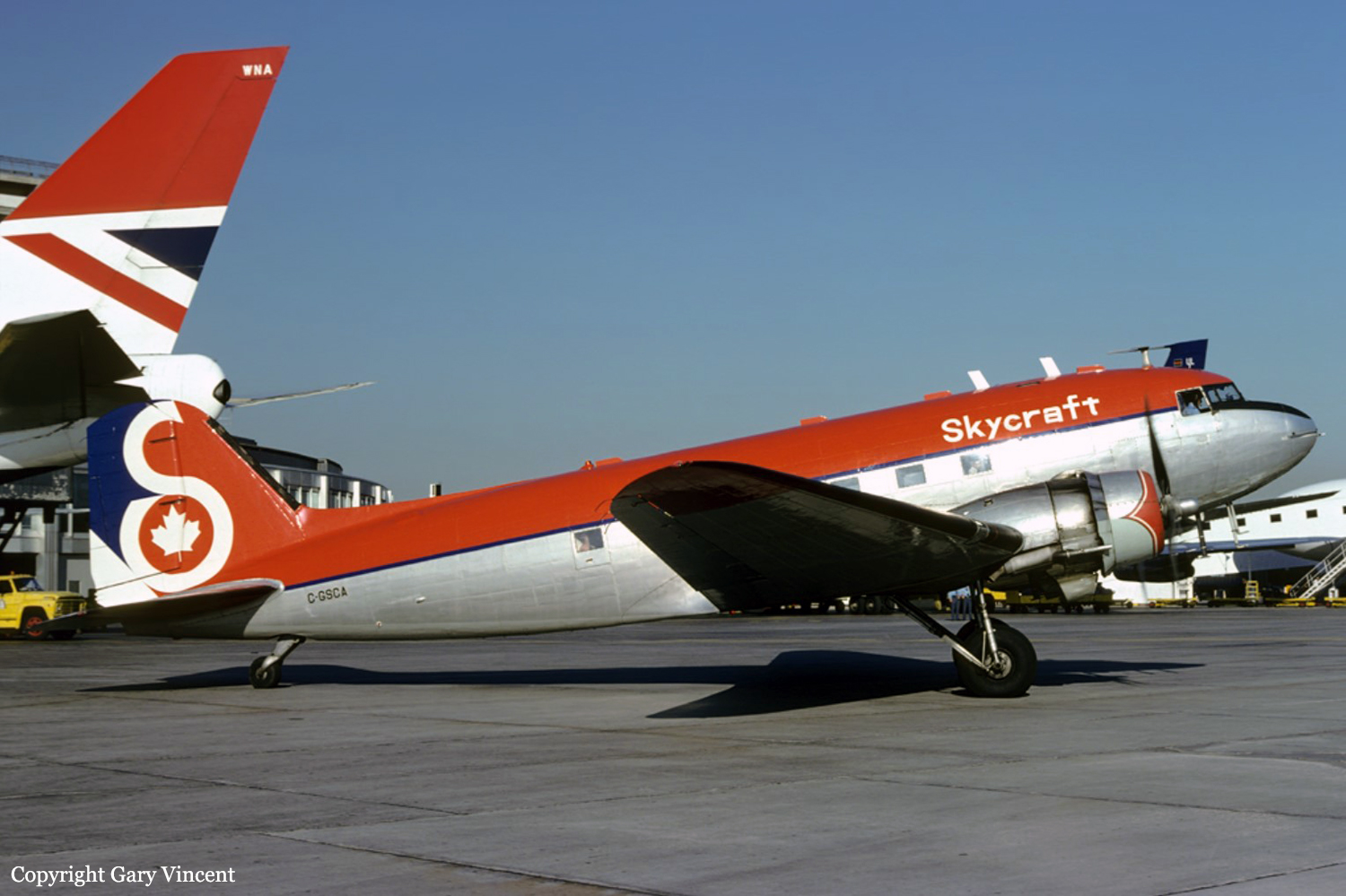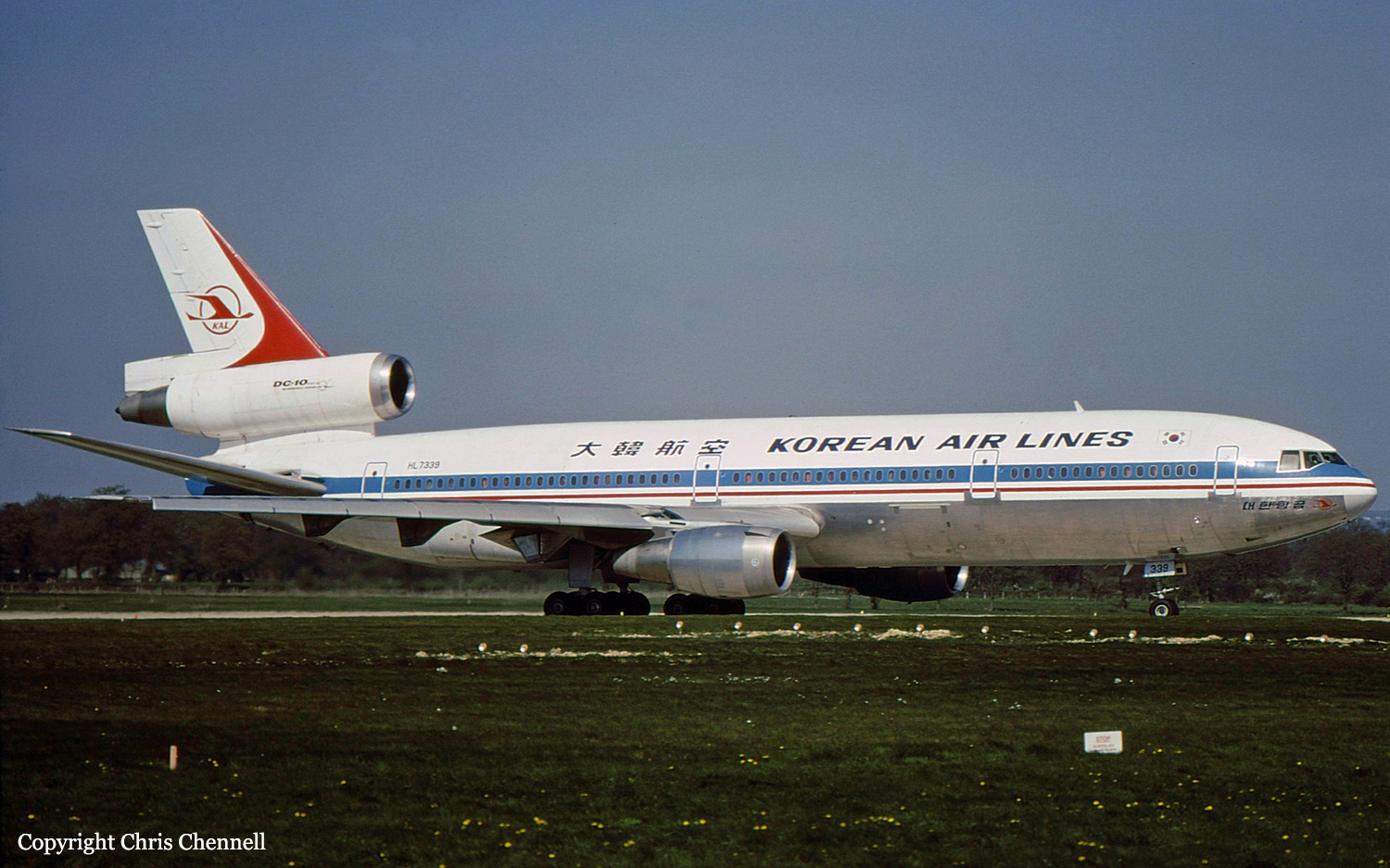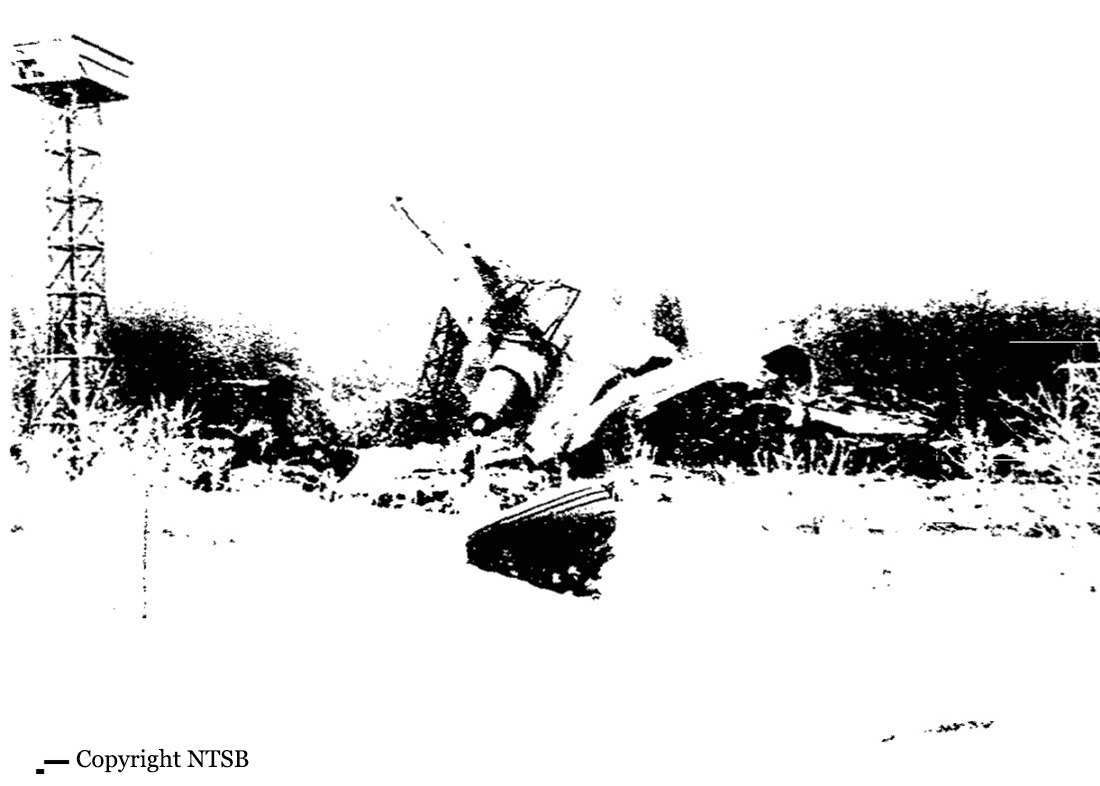Crash of a Rockwell Grand Commander 690 in Greenville: 4 killed
Date & Time:
Jan 17, 1984 at 0738 LT
Registration:
N81717
Survivors:
No
Schedule:
Rome - Greenville
MSN:
690-11445
YOM:
1978
Crew on board:
2
Crew fatalities:
Pax on board:
2
Pax fatalities:
Other fatalities:
Total fatalities:
4
Captain / Total hours on type:
1126.00
Aircraft flight hours:
11540
Circumstances:
As the pilot was making an ILS approach in IMC weather, the aircraft descended into trees and crashed about 1-1/2 mi from the runway threshold. The decision height for this approach was 1,316 feet msl and was located less than a mile from the threshold. A controller said that the last altitude readout he remembers for the aircraft was 1,200 feet at about 2 miles from threshold. When the radar target disappeared from the display, the controller asked for a position report, but received no reply. The 0740 est weather at Greenville, SC, was in part: sky condition zero obscured, visibility zero with fog, wind calm. The elevation of the crash site was 980 feet msl. All four occupants were killed.
Probable cause:
Occurrence #1: in flight collision with object
Phase of operation: approach - faf/outer marker to threshold (IFR)
Findings
1. (c) IFR procedure - improper - pilot in command
2. (f) weather condition - low ceiling
3. (f) weather condition - fog
4. (f) weather condition - below approach/landing minimums
5. (c) decision height - misjudged - pilot in command
6. (c) missed approach - delayed - pilot in command
7. (f) object - tree(s)
Phase of operation: approach - faf/outer marker to threshold (IFR)
Findings
1. (c) IFR procedure - improper - pilot in command
2. (f) weather condition - low ceiling
3. (f) weather condition - fog
4. (f) weather condition - below approach/landing minimums
5. (c) decision height - misjudged - pilot in command
6. (c) missed approach - delayed - pilot in command
7. (f) object - tree(s)
Final Report:












